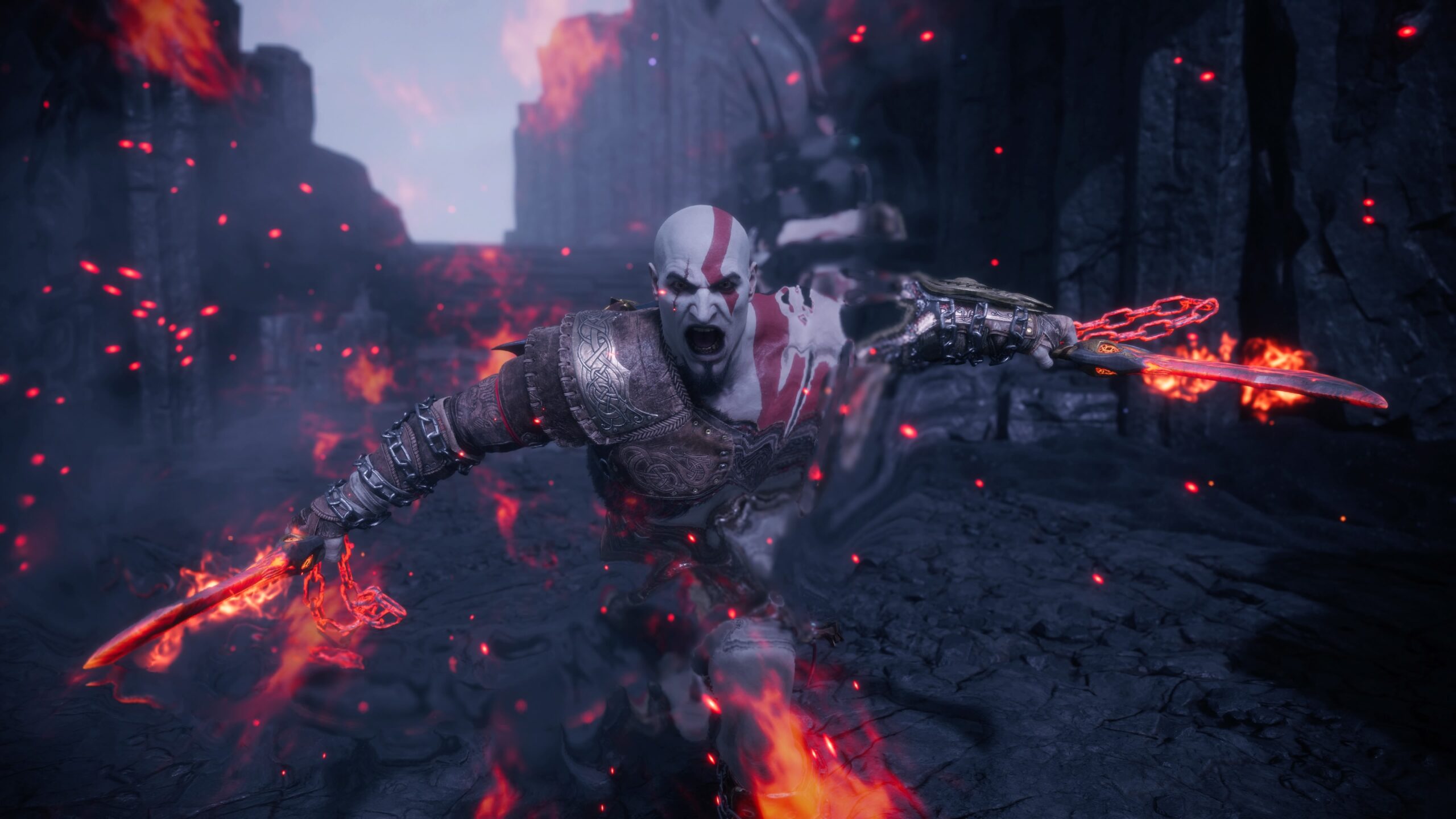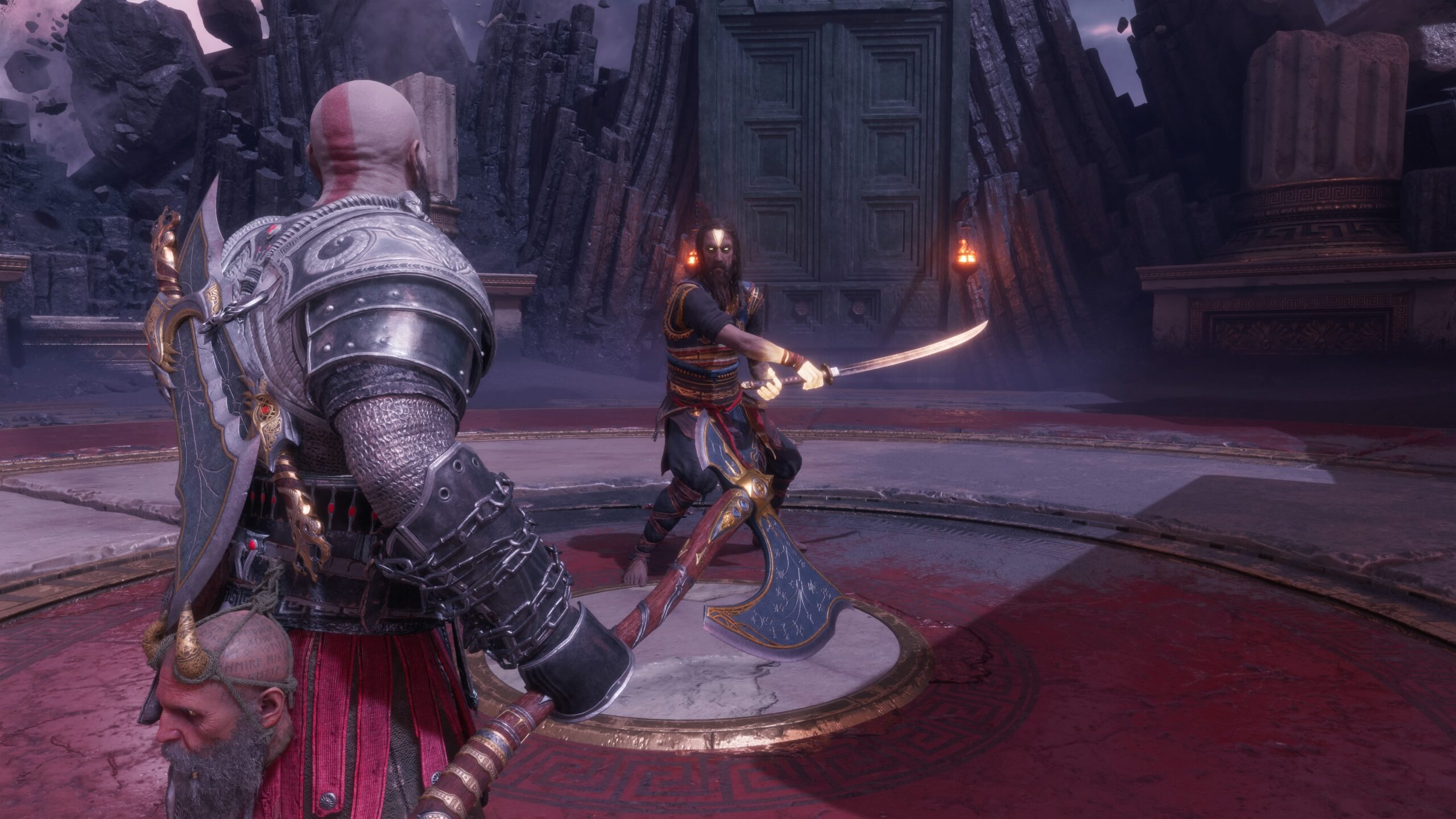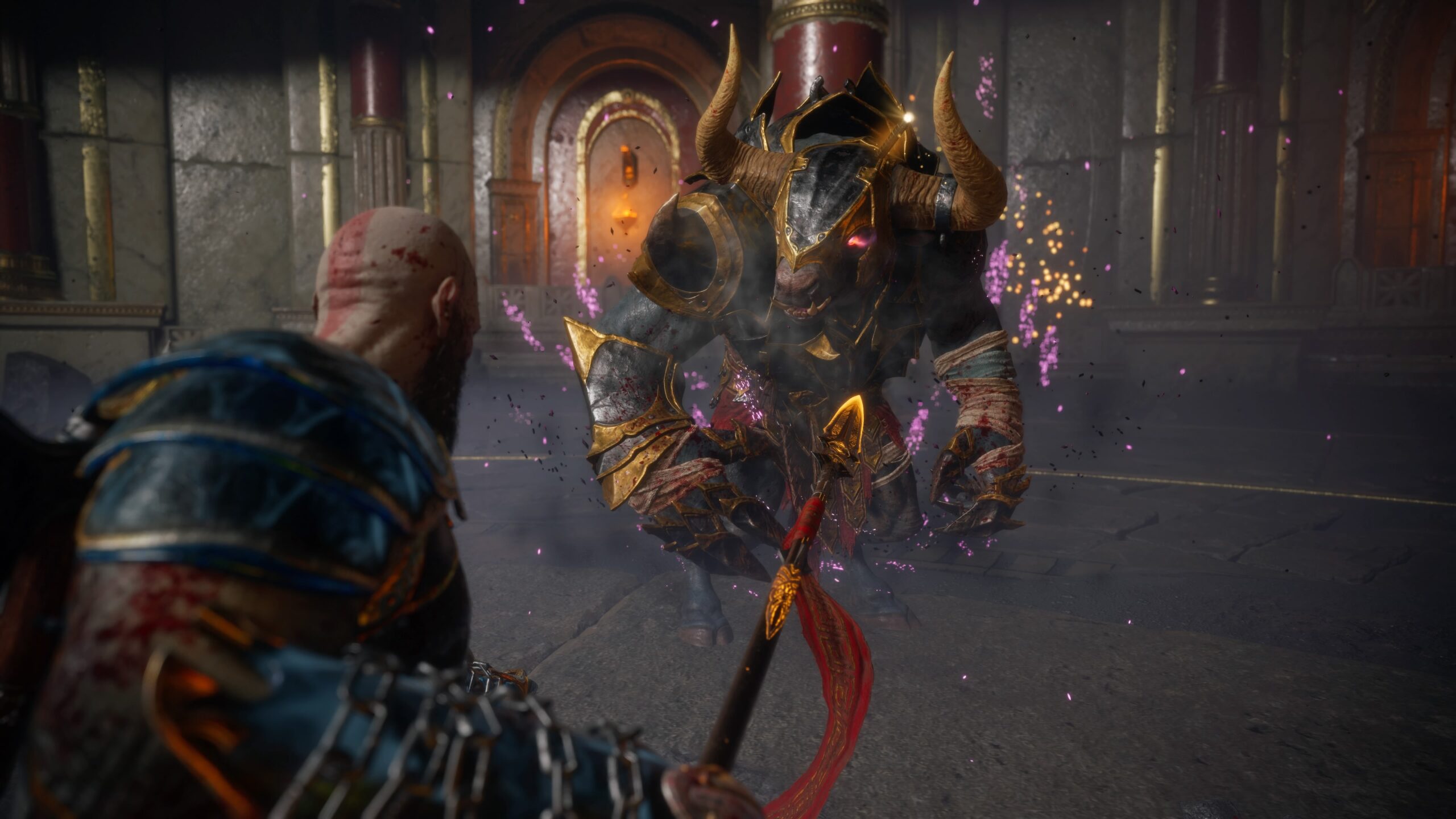Learn about the God of War Ragnarok Valhalla DLC, including the progression loop, rewards, and general combat tips.

God of War Ragnarok Valhalla is a rogue-like DLC that was added to the game roughly a year after its release. The DLC is a simple take on the rogue-like genre, with a rather simplistic progression system akin to games like Dead Cells or Returnal. However, despite its simplistic structure and progression, Valhalla features plenty of nuanced moment-to-moment gameplay elements that it doesn’t properly explain to the players. From its difficulty tiers to the loot distribution, certain aspects of God of War Ragnarok Valhalla aren’t properly explained, despite their significance.
Although the expansion isn’t particularly challenging, understanding the basics of its progression system does take a bit of time. This is especially true if you are coming to the Valhalla DLC right after finishing the base game. Here’s a comprehensive guide going over all the basics of God of War Ragnarok Valhalla, as well as some basic tips and tricks that should help you overcome the most challenging encounters the DLC has to offer.
God of War Ragnarok Valhalla Progression System
God of War Ragnarok’s progression system in the base game was quite linear. You essentially collect new armor pieces and weapon upgrades as you progress through the main story, which, in turn, increases Kratos’ overall character level. The upgrades are finite and so is Kratos’ overall character level, which is mostly governed by the chosen armor set, relic, etc. However, Valhalla throws this linear leveling system out of the door, giving you a completely blank slate to work with. Instead of relying on armor upgrades and enchantments to get stat buffs, your overall stats are determined by your weapons, weapon perks, and glyphs.

You do get the choice of unlocking and equipping different armor sets in the expansion. However, armors in the DLC are purely cosmetic. There are two different ways of getting stat upgrades. The first is to get temporary stat buffs while going through a run. You get these stat buffs after a gauntlet and looting a chest before proceeding to another stage. Furthermore, the temporary stat buffs are purchasable at the Tablet of Endeavour, found in-between the gauntlet levels.
The second and more permanent way of getting stat upgrades is buying them before heading into a fresh run of the gauntlet. To buy the stat upgrades, you require Mastery Seals. You can obtain Mastery Seals by looting chests in the lower depths of Valhalla, or by defeating Valhalla’s Chosen enemies. You also obtain Mastery Seals by defeating bosses. Furthermore, you can get the permanent stat buffs only after completing the prologue runs of Valhalla. The permanent stat buffs are what you’ll be aiming for. However, for the opening few hours of Valhalla, you will be primarily dependent on the glyphs for stat bonuses.
God of War Ragnarok Valhalla Level Progression
The levels in Valhalla are divided into two phases. The first is an upper level. It features simple gauntlets with smaller groups of enemies and a single Valhalla’s Chosen. The second phase is the inner depths, which features a much larger array of gauntlets that are significantly more challenging. However, to compensate for the increased difficulty, the loot rewarded in the inner depths offer substantial upgrades for Kratos’ abilities and overall character stats.
The upper levels serve as a base, where you can do a few simple gauntlets to gather some essential upgrades before heading into the inner depths. Think of it like a warm-up session.

If you manage to reach the depths but die before you reach Tyr, you will still receive a few Mastery Seals. However, if you die in the upper levels, you’re sent back to the shores of Valhalla without any rewards. While God of War Ragnarok is touted as a rogue-like, it’s more like a “rogue-lite” in terms of progression. A complete run through both the depths of Valhalla takes around 7-10 minutes on average. As such, even if you’re sent back to the shores, it’s not that big of a deal to get back to the gauntlet and try again.
The gauntlets in the depths get increasingly more challenging. There are also some optional gauntlets that feature significantly larger hordes of enemies, as well as The Forum that unlocks after defeating 8 Valhalla’s Chosen. The Forum pits Kratos against one of three Berserker bosses. Once you defeat at least 6 Valhalla’s Chosen, you can proceed to the final boss encounter of the run – Tyr.
The basic progression loop of Valhalla is simple – clear the upper levels > reach the depths > defeat at least 6 Valhalla’s Chosen > defeat Tyr.
God of War Ragnarok Valhalla Tips and Tricks
God of War Ragnarok Valhalla is a massive expansion. While the general gameplay loop is quite straightforward, the amount of content it has to offer is staggering. Furthermore, due to its rogue-like nature, Valhalla DLC is highly replayable, even after you finish its story.
While the basic progression loop is quite simple, the underlying systems can make the DLC feel overwhelming. And given it is quite different compared to the base game, you have to take some time and learn Valhalla’s numerous systems and mechanics, especially during the opening few runs. Here are some tips that should help you during the opening hours of Valhalla:

- Do not rush the upper levels. Instead, focus on going through as many gauntlets as possible to grab essential upgrades as well as Runic Attacks.
- Do not spend the Fleeting Echoes on the upper level gauntlets. Instead, save them for the depths.
- Prioritize the gauntlets that offer Runic Attacks in the upper levels. The priority should be – Runic Attacks > Glyphs > Fleeting Echoes.
- For the opening few runs, it’s best not to experiment with different Shields and Rage abilities. Instead, stick to the ones that you are most familiar and comfortable with.
- The best Shield option for the opening few runs is Gauntlet, due to its parry and retaliate skill. Dauntless and Stone Wall are also pretty good options.
- Once you reach the inner depths, pursue the red-colored orbs first as those reward you with the best and most powerful perks and loot.
- Do not mindlessly run around the inner depths. Take a few seconds at the central hall to plan your route and focus on clearing a set amount of orbs at a time.
Lastly, do not fear defeat. Valhalla is meant to be a test of Kratos’ skills as well as perseverance. There’s no shame in turning down the difficulty or coming back to the DLC some time later. It’s a single-player game after all.
Looking For More?
Thank you for reading the article. We provide the latest news and create guides for Baldur’s Gate 3, Starfield, ARK Survival Ascended, and more. Also, watch Deltia play games on Twitch or visit his YouTube channel!
 Reddit
Reddit
 Email
Email